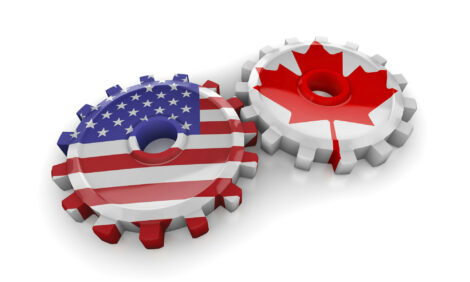



Rabobank: Beef Performance Mixed With Strong EU Demand
GLOBAL – Rabobank’s global cattle price index has shown the shoots of recovery but is down 8 per cent year on-year, in the face of growing inflation, Rabobank say this leaves the outlook mixed.On the whole, southern hemisphere market conditions for remain positive for packers but economic down turn and constrained beef production will see the industry held back in 2013, Rabobank’s first quarter report has shown.
Northern hemisphere packers will continue to be affected by declining cattle supplies although Rabobank reports the horsemeat scandal has done little in the way of disrupting demand for beef.
"The horsemeat issue was one of mislabeling rather than food safety, which means it has had limited impact on consumer demand, said Rabobank analyst, Albert Vamooij. “Furthermore, contamination incidents were discovered only in processed products. The result is that even in the horse-loving UK, consumers remain confident in the quality of fresh beef.”
Mr Vamooij summarises the report by adding that lasting challenges faced by the industry involve tracking and tracing standards. This is expected to be carried out by state bodies, processors and food retailers.
"This regulatory response, coupled with a lower availability of beef in the coming years, could trigger a significant increase in the number of dedicated supply chains,” he said.
US
Cattle values in the US have been disappointing as predictions outlining strong domestic and export demands at the end of last year were not forthcoming. Fed cattle prices are currently running $3-5 under expectations.
Low demand for US beef, coupled with high feed costs, has meant losses of $100-200 a head for cattle feeders, announces Rabobank. Winter storms have limited shoppers and this is putting pressure on packers.
In February Jim Lochner, Chief Operating Officer for Tyson, went as far as saying that first quarter demand environments had pushed beef prices below cattle prices. Many meat packers, Tyson included, have been pressured significantly, Rabobank’s report states.
Exports have been pegged down 12 per cent, pressured from a strong $US relative to the Japanese yen. This is having negative impacts on trade volume to Japan.
Total cow slaughter is down 2.3 per cent with a 10 per cent beef cow drop being countered by higher culls of dairy cows, up 5.6 per cent.
Rest of World Summary
- Latin America – companies in Brazil, Uruguay and Paraguay are expected to deliver reasonable margins as the beef/cattle ration has increased due to higher availability of live animals and buoyant exports.
- Australia & New Zealand – prices have declined on the back of unfavorable weather conditions which has led to increased throughput at the processor level. Whilst this is bad news for ranchers and feedlots, the packing segment will continue to profit in this environment.
- China – imports from Australia and New Zealand have soared. The reason is flat production rates (farmers continue to show little enthusiasm for the herd expansion, the capital requirements and high disease risk inhibit investment) which are failing to meet domestic demand. Furthermore the tightening of the grey channel will increase the need to import beef through formal channels.



